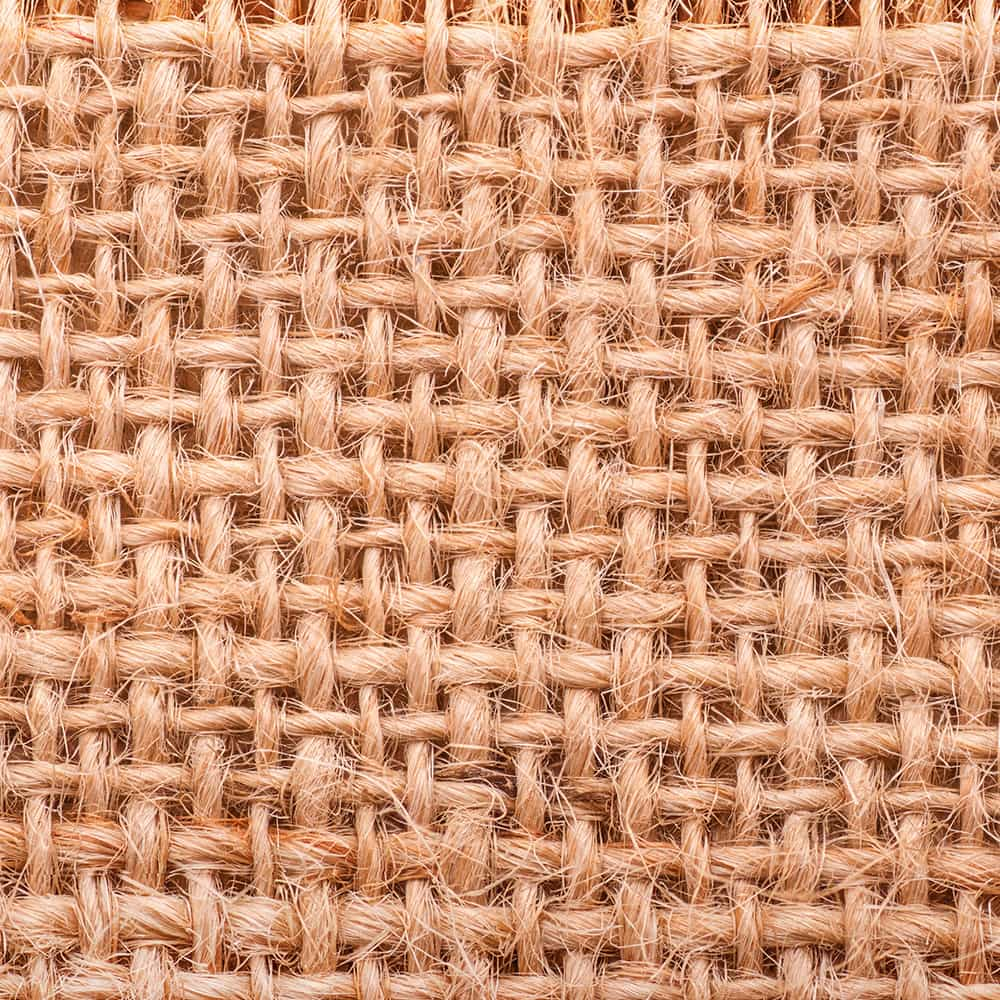Introduction
In a world where sustainability has become not just a choice, but a necessity, it's time we turn our attention to materials that offer eco-friendly solutions without compromising on style and functionality. Jute, a golden fiber, emerges as a shining example in this regard, particularly when it comes to tote bags. Let's delve into what makes jute not just a material, but a movement towards a greener future.
What is Jute?
Jute is a natural fiber obtained from the bark of the white jute plant. It's a soft, shiny, and long fiber that can be spun into strong threads. This 100% biodegradable and recyclable material is harvested mainly in the monsoon climate zone of the Indian subcontinent. What makes jute stand out is its minimal need for fertilizers and pesticides, showcasing its eco-friendly nature right from the cultivation stage.
Biodegradability of Jute
When it comes to eco-friendly materials, biodegradability is a crucial factor. Jute, in this aspect, is a star player. After its useful life, a jute tote bag can decompose naturally within 1-2 years, depending on environmental conditions, leaving no harmful residue. This starkly contrasts with synthetic materials that linger in landfills for centuries, causing significant environmental harm.
Sustainability of Jute
Jute's sustainability story is multi-faceted. Firstly, it's a renewable resource with a short harvest cycle of about 4-6 months, ensuring a consistent and sustainable supply. Secondly, jute plants have a high carbon dioxide assimilation rate, making them effective carbon sinks. This aspect of jute cultivation contributes to combating climate change.
Jute Cultivation and Sustainable Practices
The cultivation and production of jute reinforce sustainable practices in multiple ways. For instance, jute cultivation enriches soil fertility for subsequent crops, making it an ally for farmers practicing crop rotation. Additionally, the water requirement for jute is significantly lower compared to other crops, contributing to water conservation.
Jute in Action: Initiatives and Organizations
There are numerous initiatives and organizations globally that recognize and promote the use of jute for its positive environmental impact. For example, the International Jute Study Group (IJSG) works to improve the global jute sector, focusing on sustainability. Such entities underscore the importance of jute in the global pursuit of eco-friendly materials.
Supporting Claims with Reliable Sources
The claims about jute’s sustainability and biodegradability are supported by various studies and sources. For instance, research published in the "Journal of Environmental Management" highlights the low environmental impact of jute cultivation. Additionally, the United Nations' Food and Agriculture Organization has recognized jute's role in sustainable agriculture.
Jute Tote Bags: A Smart Choice
Choosing a jute tote bag is not just a fashion statement; it's a commitment to the planet. These bags are durable, stylish, and, most importantly, kind to the environment. Whether it's for grocery shopping or as a daily carryall, jute tote bags meet the needs of the eco-conscious consumer.
Conclusion
Jute is more than just a material; it's a testament to what we can achieve when we align our choices with the health of our planet. As a biodegradable and sustainable material, jute stands as a beacon of hope in our collective journey towards a more sustainable future. Choosing jute tote bags is a simple yet powerful way to contribute to this movement, one bag at a time.

